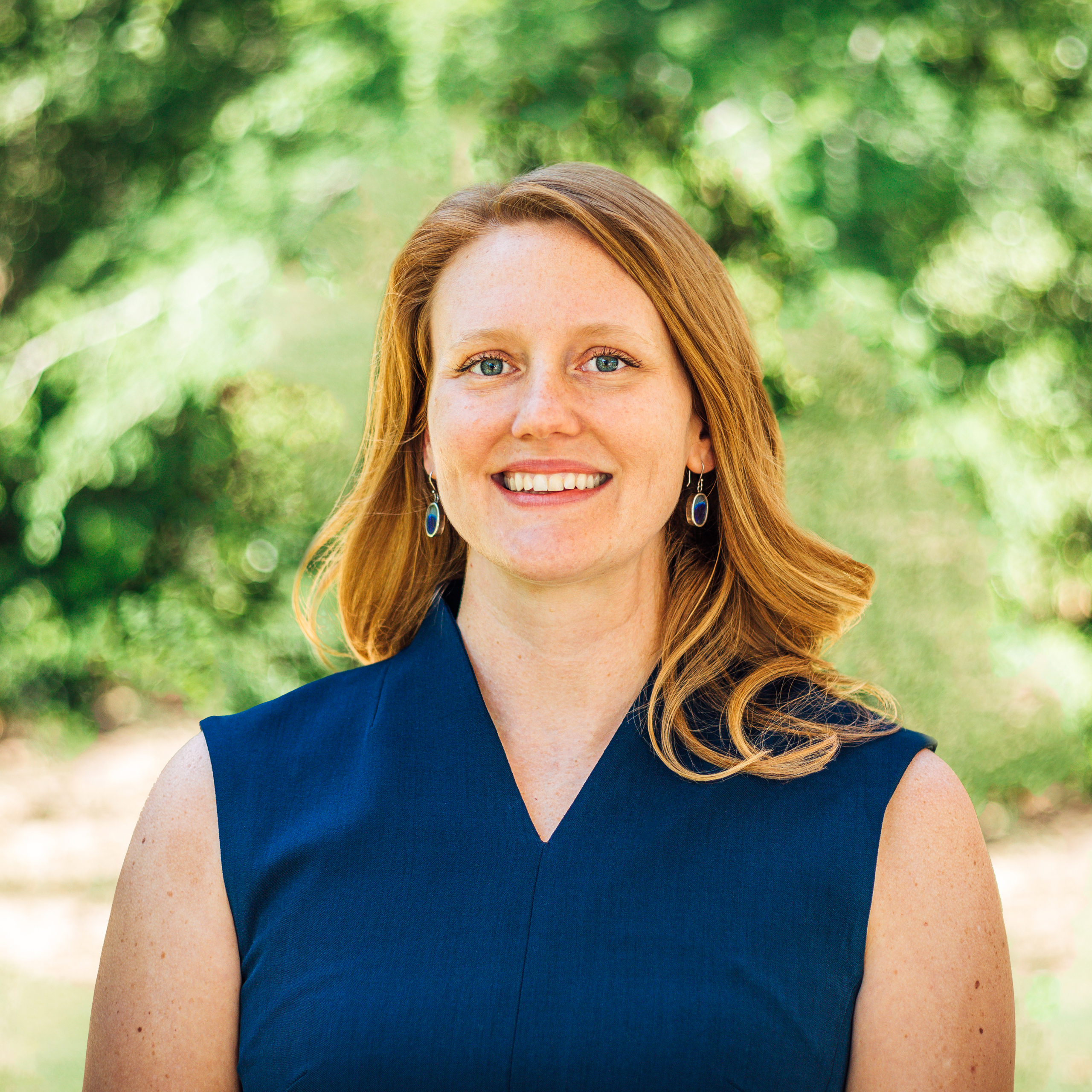
$1,395
4 days (3 to 4 hours daily)
This course introduces structural equation modeling and its implementation in Stata. Stata allows for fitting structural equation models in two ways—by using the command syntax or using the SEM Builder to draw path diagrams. Examples will demonstrate both approaches, starting with linear regression up to confirmatory factor analysis and growth curve modeling. Model identification and evaluation will also be extensively discussed. The course concludes with a brief introduction to multilevel models and generalized linear models within the SEM framework.
← Back to all classroom and web training courses
Currently, there are no scheduled sessions of this course.
We offer a 15% discount for group enrollments of three or more participants
All prices USD.

Meghan Cain
Assistant Director, Educational Services
Meghan Cain is the Assistant Director, Educational Services at StataCorp LLC. She earned her PhD in quantitative psychology from the University of Notre Dame, where her research focused on structural equation modeling, multilevel modeling, and Bayesian statistics. At Stata, she oversees the development of statistical trainings and webinars, creates videos for the Stata YouTube channel, and reviews Stata Press books.
Enrollment is limited. This course is offered in both classroom and web-based settings.
Classroom training courses are two-day courses that run from 8:30 a.m. to 4:30 p.m. each day. These courses take place at a training center where computers with Stata installed are provided. A continental breakfast, lunch, and an afternoon snack will also be provided; the breakfast is available before the course begins.
Web-based training courses are four-day courses that run for three to four hours daily with hourly breaks. You will be provided with a temporary Stata license to install on your computer, a printed copy of the course notes, and all the course datasets so that you can easily follow along.
Classroom and web training FAQs →